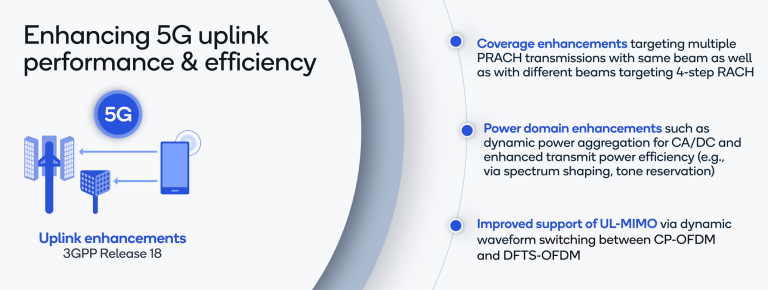What Does 5G Stand For? Full Form and Meaning Explained
telcomatraining.com – With the rapid advancement of technology, mobile networks have evolved significantly over the years. The latest breakthrough in wireless communication is 5G, a term that has gained global attention. But what does 5G stand for? How does it work, and why is it considered revolutionary? In this article, we will explore the full form of 5G, its meaning, and its significance in modern telecommunications.
What Does 5G Stand For?
5G stands for Fifth Generation of mobile network technology. It is the successor to 4G LTE and aims to provide significantly faster speeds, lower latency, and improved connectivity. 5G networks are designed to support emerging technologies such as the Internet of Things (IoT), autonomous vehicles, smart cities, and augmented reality (AR)/virtual reality (VR) applications.
The Evolution of Mobile Networks
To better understand 5G, let’s take a quick look at the evolution of mobile networks:
- 1G (First Generation): Introduced in the 1980s, 1G enabled analog voice communication.
- 2G (Second Generation): Launched in the 1990s, 2G introduced digital voice, text messaging (SMS), and basic data services.
- 3G (Third Generation): Debuting in the early 2000s, 3G allowed for mobile internet access, video calls, and multimedia applications.
- 4G (Fourth Generation): Introduced in the 2010s, 4G LTE brought high-speed internet, HD streaming, and enhanced mobile browsing.
- 5G (Fifth Generation): The latest evolution, designed to revolutionize communication with ultra-fast speeds and minimal latency.
Key Features of 5G
5G technology brings several game-changing features that differentiate it from previous generations:
- Ultra-Fast Speeds
- 5G offers data speeds up to 10 Gbps, which is significantly faster than 4G LTE. This allows for seamless streaming, quicker downloads, and lag-free gaming.
- Low Latency
- One of the most significant advantages of 5G is its ultra-low latency, which can be as low as 1 millisecond. This is crucial for applications like autonomous driving and remote surgeries.
- Massive Device Connectivity
- 5G can support millions of devices per square kilometer, making it ideal for IoT ecosystems, smart homes, and industrial automation.
- Improved Network Efficiency
- With advanced technologies like beamforming and network slicing, 5G optimizes bandwidth and energy efficiency, ensuring better performance for users.
- Enhanced Reliability
- 5G networks are more reliable and stable, ensuring continuous connectivity for critical applications like emergency response systems and medical devices.
How Does 5G Work?
5G technology operates on different frequency bands:
- Low-Band Spectrum: Provides wide coverage but at relatively lower speeds (similar to 4G LTE).
- Mid-Band Spectrum: Balances speed and coverage, offering faster speeds than 4G but with moderate range.
- High-Band Spectrum (mmWave): Delivers extremely high speeds, but has limited coverage and requires more cell towers.
5G uses small cell technology and massive MIMO (Multiple Input Multiple Output) to enhance signal strength, capacity, and efficiency.
The Future of 5G
5G is expected to revolutionize industries and improve daily life in numerous ways, including:
- Smart Cities: Enhancing public infrastructure, traffic management, and energy efficiency.
- Healthcare: Enabling telemedicine, robotic surgeries, and real-time patient monitoring.
- Entertainment & Gaming: Offering immersive AR/VR experiences with zero lag.
- Autonomous Vehicles: Providing real-time data transmission for safer self-driving cars.
- Industrial Automation: Optimizing manufacturing and logistics with connected devices.
Conclusion
5G, or the Fifth Generation of mobile networks, represents a significant leap in wireless technology. With its high-speed connectivity, ultra-low latency, and massive device support, 5G is set to transform industries and redefine digital experiences. As deployment expands globally, 5G will unlock new possibilities, making our world more connected and efficient than ever before.







